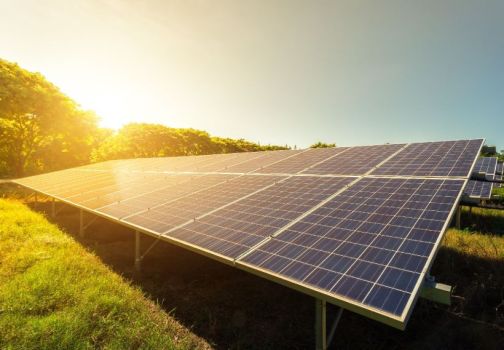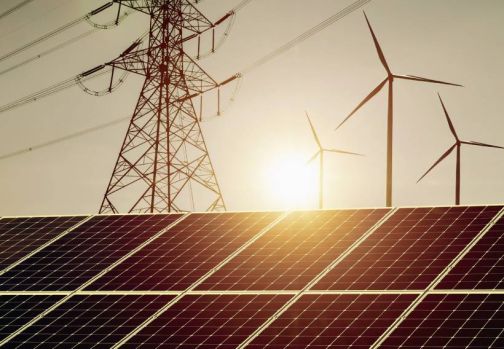Primed for Primary energy? The changing challenge of NZEBs

Due to the nearly zero energy buildings 2020 target, the UK is currently making a number of decisions which will change the way new developments gain compliance.
In particular this includes a shift to using primary energy as a main metric for meeting building targets, rather than the current sole focus on a reduction of carbon emissions. This will require a change in the current mindset of building designers.
A move to primary energy represents significant change for the construction industry as a whole and has potential impacts for everyone involved within the built environment and the supply chain, specifically when using primary energy as a means of measuring the energy efficiency of buildings within SAP 10 (Standard Assessment Procedure).
While GDHV supports the move towards including primary energy limits within energy performance targets, we believe that a carbon emissions target should also remain within the regulations.
Whatever final targets and figures are settled upon it is clear that there is a need for industry to change its approach to the design and specification of heating, ventilation and cooling solutions within the built environment.
As the world’s largest electric heating manufacturer GDHV have been engaging with government and regulatory bodies to better understand the impact of the changes, both for ourselves as manufacturers and our partners within the construction industry.
In the UK, Glen Dimplex Heating & Ventilation has a dedicated team focused on understanding the potential impact that future changes could have on the specification of HVAC solutions across the built environment. As part of this focus, we have produced a report which includes a desk top study using the draft SAP 10 methodology and software, details the proposed changes and potential outcomes, and produces recommendations in response to the consultation itself.

The changes
In the next update to Part L, the industry will transition from solely targeting carbon emissions (kg of CO2 per m2) to achieve building compliance, to a focus on primary energy (kWh per m2). Primary energy is a recognised and standardised measure that was introduced some years ago in the Energy Performance of Buildings Directive (EPBD), which requires all new buildings to be nearly zero energy by the 31st December 2020.
The move to primary energy will mean that solutions may no longer be based on their carbon intensity, potentially resulting in higher carbon HVAC solutions performing better in SAP10, a building compliance methodology, than lower carbon alternatives. In SAP10, the primary energy factors are listed as 1.122 per kWh for gas and 1.738 per kWh for electricity.
The Reports
Combining the results of this study with environmental targets, Government strategies and with consideration of key industry issues, we have started to consider how the industry can practically move towards our NZEB future without regressing any of the hard-earned progress already made under the carbon emissions-focussed phase of our
The referenced media source is missing and needs to be re-embedded.
journey towards sustainability: Staying on target: Combining nearly zero energy buildings and low carbon HVAC solutions.
These changes will need to sit alongside the other decisions that government needs to make to comply with the NZEB 2020 target. These decisions can be understood further in a second report: Nearly Zero Energy Buildings: Primary Energy Compliance and our Low Carbon Future.
GDHV held a seminar event in London to discuss the topics contained, alongside other key industry updates and information.
To download the Staying on target: Combining nearly zero energy buildings and low carbon HVAC solutions report, visit the primary energy page.








